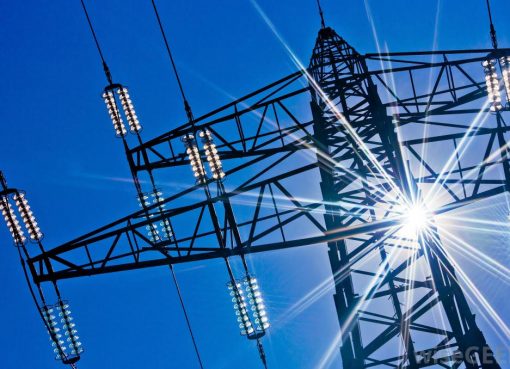Aerospace engineers have developed a way to use articulated solar panels on satellites bound for Mars as a means of automated aerobraking, which helps them enter the planet’s orbit while being more fuel efficient than conventional entries.
The lower the orbit, the more propellant is required to enter when arriving from Earth. To save propellant, a technique called aerobraking is used. This is where a small propulsive manoeuvre is undertaken in order to enter a large orbit; the satellite then makes many passes through the upper atmosphere, using drag on the solar panels to reduce the size of the orbit a little bit at a time until it is at the right height above the planet.
The technique normally requires three to six months to complete and requires near-constant supervision by a ground team on Earth.
Aerospace engineers at the University of Illinois Urbana-Champaign have now developed a way to use articulated solar panels to steer the satellite during the procedure, reducing the number of passes needed and potentially saving propellant and time.
“If we can rotate the solar panels, we can control how much drag is generated and we can actually steer during the atmospheric passes to control heating and energy depletion,” said professor Zach Putnam. “This means we can fly much closer to operational constraints, and aerobrake much faster.”
The team developed a real-time algorithm which acts like an autopilot that uses information from the spacecraft’s onboard navigation system to determine the angle of the solar panels in real time based on current atmospheric conditions.
“Being able to steer the satellite during each atmospheric pass enables us to ensure we don’t over-temperature the solar panels while flying much closer to the thermal limit,” Putnam added. “This is a big improvement. Instead of aerobraking for three to six months, it might only take a couple of weeks.”
While the study has focused on automating just one pass through the atmosphere, the process would be repeated many times during a complete aerobraking campaign.
As the satellite’s orbit gets tighter, the time it takes to complete one orbit is reduced until the orbits are so short that there isn’t time to transmit information from the spacecraft to Earth, wait for a decision, then send commands back to make a correction.
This is why a degree of autonomy is needed on the spacecraft itself to help it aerobrake into the correct orbit without any human interaction.
“The trip out to Mars takes somewhere between six to nine months. We can’t really change that, but we think we can shorten the time it takes to aerobrake to a low-altitude orbit,” Putnam explained. “And the propellant onboard we save can be used to do other things, like keep the spacecraft alive longer.”
The current aerobraking method is also operationally intensive with a ground team working 24 hours a day for about six months.
Source: E&T










